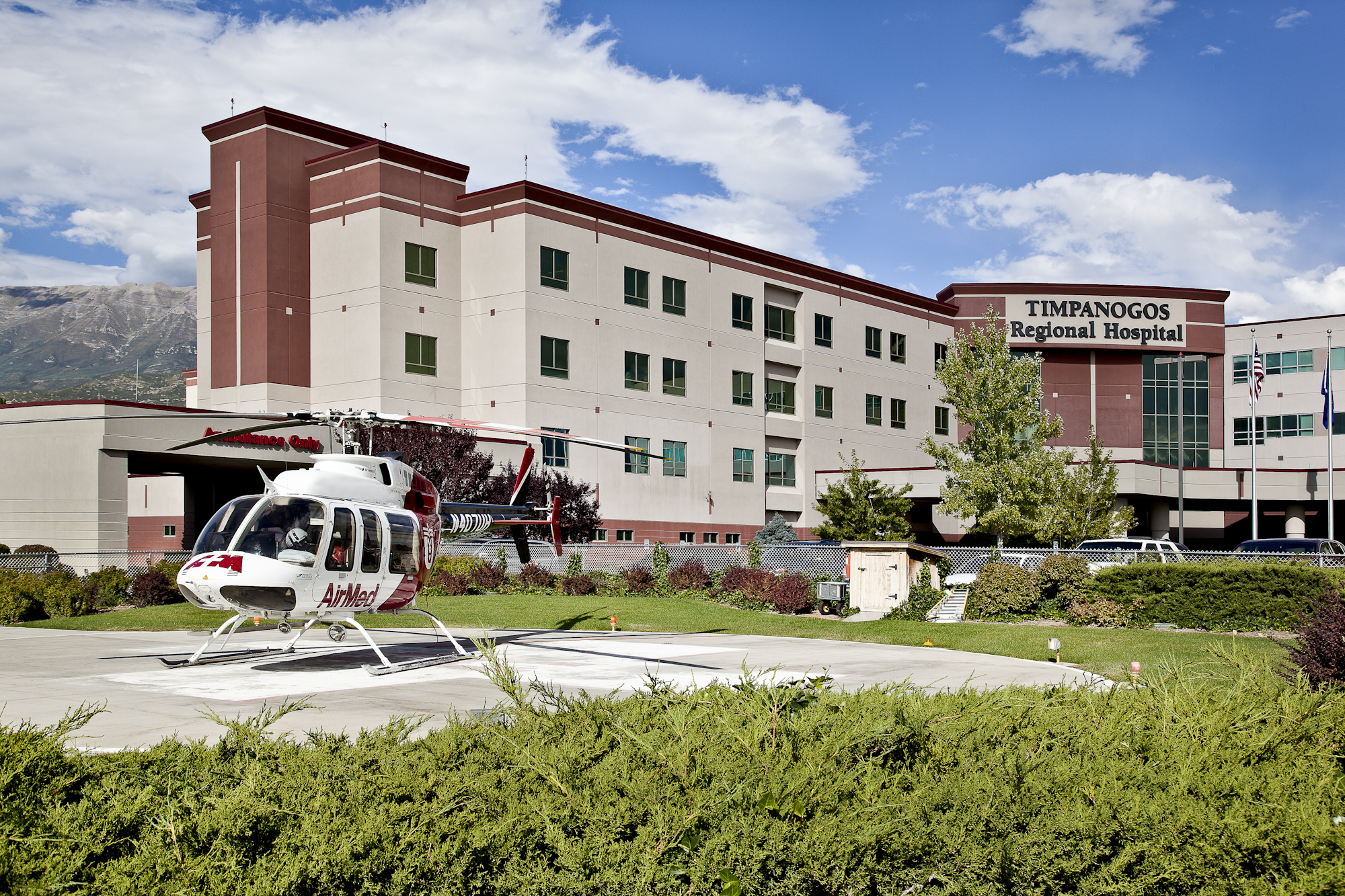|
Coronary Interventional Procedures (Angioplasty/ Stent)
Coronary Interventional Procedures (Angioplasty/ Stent)
Coronary interventional procedures include angioplasty (PTCA), stent, and atherectomy.
Angioplasty (PTCA) is a medical procedure in which a balloon is used to open narrowed or blocked coronary arteries (blood vessels of the heart).
A stent is a flexible coil of mesh that is inserted into a patient's coronary artery to keep that artery open so that blood can pass through it easily. A stent is placed as part of a balloon angioplasty procedure.
Atherectomy is a procedure for treating coronary blood vessels that are narrowed or completely blocked. The procedure is used to increase or restore blood flow through the artery. During the procedure, a blade is introduced into the narrowed area to shave plaque (a thickened area within a blood vessel) away from the vessel wall.
Number of Cases > 158 |
| While In Hospital | 1 Month After Hospitalization | 6 Months After Hospitalization | Speciality |
|
Actual-96.2%
Predicted-98.71% |
Actual-94.3%
Predicted-97.94% |
Actual-92.41%
Predicted-95.6% |
Cardiac |
|
Heart Bypass Surgery
Heart Bypass Surgery
Heart bypass surgery or coronary artery bypass grafting is a surgical procedure in which a section of a coronary artery, which has been partially or completely blocked, is bypassed by transplanting a healthy section of blood vessel around the diseased area. The conduit to route blood around the obstructed area may be an artery or a vein. There is some information that arteries may have a better long-term patency rate (chance of staying open for years) than veins. The arteries and veins used for the bypass procedure are taken from the patient's own body; they may be harvested from within the chest, the arms or the legs.
A coronary artery bypass is performed by a cardiac surgeon who makes an incision in the patient's chest to expose the patient's heart. Incisions may also be made in the legs or the arms to obtain a vein or artery for the bypass. The patient is connected to a heart-lung machine that takes over the function of the heart and lungs while the surgeon works on the heart. An opening is made in the diseased artery or arteries above and below the blockage. A section of artery or vein is then sewn to the points above and below the blockage in the affected artery, effectively providing a detour around the obstruction. At the conclusion of the bypass procedure, the heart-lung machine is disconnected, allowing blood to flow back through the heart, and the incision is closed.
Most bypass operations are performed by dividing the breastbone to provide access to the heart. Some bypass operations are now performed through "limited" incisions made either between the ribs or partially through the breastbone, with or without the use of the heart-lung machine.
Number of Cases > 85 |
| While In Hospital | 1 Month After Hospitalization | 6 Months After Hospitalization | Speciality |
|
Actual-97.65%
Predicted-97.42% |
Actual-96.47%
Predicted-96.84% |
Actual-91.76%
Predicted-94.33% |
Cardiac |
|
Heart Failure
Heart Failure
Heart failure refers to a condition in which the heart does not pump efficiently, and consequently, it is unable to circulate enough blood to meet the needs of the body. Inefficient pumping also causes the blood returning to the heart to back up in the veins, which can cause an accumulation of fluid in the tissues and lungs. Because many of these symptoms of heart failure are caused by the congestion of the tissues and lungs with fluid, it is frequently called congestive heart failure.
The most common causes of heart failure in the U.S. are:
Coronary artery disease – The narrowing of the arteries due to plaque buildup.
Cardiomyopathy – A disease of the heart muscle that causes the heart to lose its pumping efficiency.
High blood pressure
Disease of the heart valves
The most frequently reported symptoms of heart failure are: fatigue with exertion, shortness of breath especially when lying down, and general fatigue. Heart failure can be treated in a variety of ways, depending upon the cause of the failure, including coronary bypass surgery, valve replacement surgery, or heart transplantation.
Number of Cases > 128 |
| While In Hospital | 1 Month After Hospitalization | 6 Months After Hospitalization | Speciality |
|
Actual-94.53%
Predicted-96.48% |
Not applicable |
Actual-63.28%
Predicted-75.11% |
Cardiac |
|
Pneumonia
Pneumonia
Pneumonia is also called viral pneumonia, community-acquired pneumonia, or simple pneumonia. It is caused by one of several viruses including varicella (chickenpox), influenza, and adenovirus.
Pneumonia is not a single disease, but the name for several types of lung inflammation caused by infectious organisms. Pneumonia is the sixth most common cause of death in the U.S., primarily because it is a common complication of any serious illness. It is more common in males, during infancy and old age, and in those who have reduced immunity to infection. The symptoms, treatment, and outcome vary greatly, depending on the cause and on the general health of the patient.
Symptoms may include fever, headache, chills, weakness, chest pain, and a cough that produces sputum and occasionally blood. Potential complications include pleural effusion (fluid around the lung), empyema (pus in the pleural cavity), and, rarely, an abscess in the lung.
Number of Cases > 132 |
| While In Hospital | 1 Month After Hospitalization | 6 Months After Hospitalization | Speciality |
|
Actual-96.21%
Predicted-96.12% |
Actual-91.67%
Predicted-91.68% |
Actual-82.58%
Predicted-79.22% |
Pulmonary |
|
Bowel Obstruction
Bowel Obstruction
A bowel obstruction is a blockage of the bowel (intestine), preventing passage of material. The bowel is a long tube-shaped organ in the abdomen that completes digestion. Common symptoms include constipation, abdominal swelling, and abdominal pain. Treatment includes intravenous fluids, rest, nasogastric suction, and in some cases, surgery.
Number of Cases > 72 |
| While In Hospital | 1 Month After Hospitalization | 6 Months After Hospitalization | Speciality |
|
Actual-97.22%
Predicted-97.2% |
Actual-94.44%
Predicted-95.43% |
Actual-93.06%
Predicted-89.41% |
Other Procedures |
|
Gastrointestinal Bleed
Gastrointestinal Bleed
Gastrointestinal bleed refers to bleeding that occurs along the gastrointestinal tract, which includes the esophagus, stomach, duodenum, intestines, rectum, and anus. It is a symptom of a disease rather than a disease itself. The cause may not be serious, but locating the source of bleeding is important. Most causes of bleeding are related to conditions that can be cured or controlled, such as ulcers or hemorrhoids.
Number of Cases > 59 |
| While In Hospital | 1 Month After Hospitalization | 6 Months After Hospitalization | Speciality |
|
Actual-100%
Predicted-98.09% |
Actual-98.31%
Predicted-95.04% |
Actual-83.05%
Predicted-84.94% |
Other Procedures |
|
Sepsis
Sepsis
Sepsis is a toxic condition caused by the presence of microorganisms or their poisonous products in the bloodstream. Pulse and respiration usually rise, accompanied by headache, pains, malaise, loss of appetite, concentrated and diminished urine, constipation, restlessness, insomnia, and irritability.
Number of Cases > 65 |
| While In Hospital | 1 Month After Hospitalization | 6 Months After Hospitalization | Speciality |
|
Actual-78.46%
Predicted-83.37% |
Actual-75.38%
Predicted-78.58% |
Actual-61.54%
Predicted-65.33% |
Other Procedures |
|
Stroke
Stroke
Stroke, also known as Cerebral Vascular Accident (CVA), is the result of a sudden reduction of blood flow to an area of the brain. When this happens, sensation, movement, abilities, or functions controlled by that area of the brain become impaired or lost. About 90 percent of strokes are ischemic infarctions (a sudden clot or buildup within the brain) and 10 percent are hemorrhagic (a rupture or breakage of a blood vessel within the brain).
For most strokes, symptoms develop within a few minutes to an hour and continue for more than 24 hours; the effects are permanent in some cases. The eventual amount of neurologic damage depends on age, state of health, and the size and location of the stroke. In the U.S., approximately 200 people per 100,000 population will experience a stroke. The incidence increases dramatically with age and is higher in men than in women. Multiple strokes are common.
Number of Cases > 38 |
| While In Hospital | 1 Month After Hospitalization | 6 Months After Hospitalization | Speciality |
|
Actual-100%
Predicted-93.93% |
Actual-94.74%
Predicted-87.74% |
Actual-76.32%
Predicted-74.8% |
Other Procedures |









 Sign Up / Login
Sign Up / Login